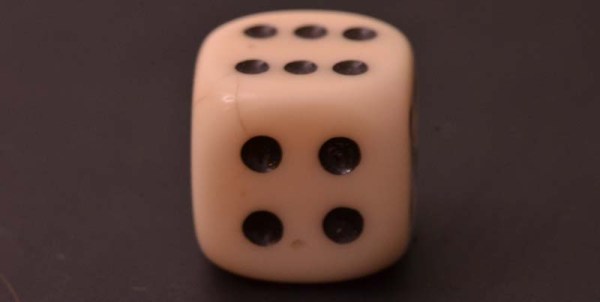Are the contents of a Crown Royal bag fair? No, they never are. What about dice? In a quest for good randomness, [Apo] designed and built an automated die tester. Not only does it shake the die up, it captures images so real, actual statistics can be done on each individual die.
The setup is a n acrylic box made with BoxMaker attached to a 3D printed adapter for a stepper motor shaft. Randomizing the die happens exactly like you think it would: a stepper shakes the box, and a camera underneath takes a picture. With a bit of computer vision, this image can be translated into a number, ready for the statistics package of your choice.
There were only 559 rolls before the 3D printed mess of duck tape fell apart, but a test of the distribution revealed this die to have a 92% probability that it is fair. That’s not good.
Creating a cheating die is much more interesting, and to find out if he could do it, [Apo] stuck a die in an oven at 100° C for a few minutes. Surprisingly, the fairness of the die got better, suggesting it’s possible to correct an un-fair die. Putting it back in the oven after that threw the fairness out of the window but there was still no visual difference between this modified die and the original stock die.











